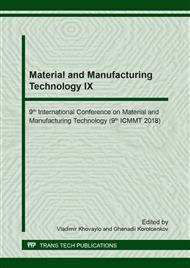p.48
p.57
p.62
p.67
p.74
p.80
p.93
p.98
p.105
The Influence of Building Envelop Materials on its Life Cycle Performance: A Case Study of Educational Building in Thailand
Abstract:
The analysis of life cycle energy (LCE) and life cycle carbon (LCC) of building were performed in this study in order to identify the solutions for reducing energy-related carbon emission throughout building life time. The influence factors associated with building envelop materials (wall, insulation, window, window-to-wall ratio) were evaluated. The result showed that operation phase contributed a vast majority (>90%) of LCE and LCC. Only 4% emissions saving could be achieved if autoclaved aerated concrete block, cellulose insulation and triple glazing were implemented with WWR of 0.17. The finding suggested that reducing carbon emission should not only be prioritized through use of high energy efficient materials/technologies but should also integrate energy saving measures since energy demand in tropical country is quite high for cooling building. In addition, increasing a possibility and feasibility for supplying renewable energy should be further investigated importunately.
Info:
Periodical:
Pages:
74-79
Citation:
Online since:
September 2018
Price:
Сopyright:
© 2018 Trans Tech Publications Ltd. All Rights Reserved
Share:
Citation:


